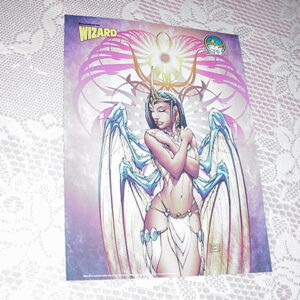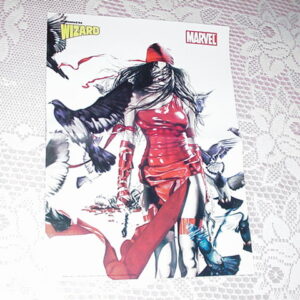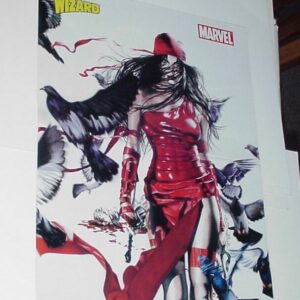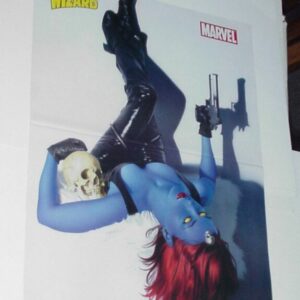Cinderella Poster FRAMED Glass Slipper! Walt Disney Animated Movie
$74.99
Description
Cinderella is a 1950 American animated musical fantasy film produced by Walt Disney and released by RKO Radio Pictures. Based on the fairy tale “Cendrillon” by Charles Perrault, it is twelfth in the Walt Disney Animated Classics series, and was released on February 15, 1950. Directing credits go to Clyde Geronimi, Hamilton Luske and Wilfred Jackson. Songs were written by Mack David, Jerry Livingston, and Al Hoffman. Songs in the film include “A Dream Is a Wish Your Heart Makes”, “Bibbidi-Bobbidi-Boo”, “So This Is Love”, “Sing Sweet Nightingale”, “The Work Song”, and “Cinderella”.
At the royal palace, the King and the Grand Duke organize a ball in an effort to find a suitable wife for the Prince. Cinderella asks her stepmother if she can attend, as the invitation says “every eligible maiden” is to attend. Lady Tremaine agrees, provided that Cinderella finishes her chores and finds a nice dress to wear. Cinderella’s animal friends, led by Jaq, Gus and the other mice, fix up a gown that belonged to Cinderella’s mother using beads and a sash thrown out by Drizella and Anastasia, respectively. When Cinderella comes down wearing her new dress, Lady Tremaine compliments the gown, pointing out the beads and the sash. Angered by the apparent theft of their discarded items, the stepsisters destroy the gown.
Just as Cinderella is about to give up hope, her Fairy Godmother appears and turns the remains of Cinderella’s dress into a new ball gown with glass slippers. She also transforms a pumpkin into a carriage, the mice into horses, her horse Major into a coachman, and her dog Bruno into a footman. Cinderella’s godmother warns her that the spell will break at the stroke of midnight. At the ball, the Prince rejects every girl until he sees Cinderella. The two fall strongly in love and dance alone throughout the castle grounds until the clock starts to chime midnight. Cinderella flees to her coach and away from the castle, dropping one of her glass slippers by accident. After her gown turns back into rags, the mice point out that the other slipper is still on her foot.
Back at the castle, the Duke tells the King of the Prince’s meeting with the unknown girl. The King, thinking that the Duke was “in league with the Prince all along,” goes into a rage and tries to behead him. Fortunately, the Duke is able to calm him down with news of the girl’s glass slipper and states that the Prince will only marry the girl who fits that slipper.
Cinderella was voiced by Ilene Woods. Cinderalla’s live action model was Helene Stanley. Both Helene Stanley (Cinderella’s live action model) and Ilene Woods (Cinderella’s voice actor, selected from 400 other candidates) heavily influenced Cinderella’s styling and mannerisms. Stanley was the live-action model for Anastasia Tremaine as well. She would be so again for Princess Aurora in Sleeping Beauty and Anita Radcliffe in One Hundred and One Dalmatians.
At the time, Walt Disney Productions had suffered from losing connections to the European film markets due the outbreak of World War II, suffering from embarrassing box office disasters like Pinocchio, Fantasia, and Bambi, all of which would later become more successful with several re-releases in theaters and on home video. The studio was over $4 million in debt and was on the verge of bankruptcy if one more slip-up were to occur. Walt Disney and his animators turned back to feature film production in 1948 after producing a string of package films with the idea of adapting of Charles Perrault’s Cendrillon into a motion picture. After two years in production with planning, collaboration, teamwork, and faith, Cinderella was finally released on February 15, 1950. It turned out to be the greatest critical and commercial hit for the studio since Snow White and the Seven Dwarfs (1937) and helped reverse the studio’s fortunes. It is considered one of the best American animated films ever made, as selected by the American Film Institute. It received three Academy Award nominations, including Best Music, Original Song for “Bibbidi-Bobbidi-Boo”. In the years to come, it was followed by two direct-to-video sequels: Cinderella II: Dreams Come True and Cinderella III: A Twist in Time.
The profits from the film’s release, with the additional profits from record sales, music publishing, publications and other merchandise gave Disney the cash flow to finance a slate of productions (animated and live action), establish his own distribution company, enter television production and begin building Disneyland during the decade.
Disney had not had a huge hit since Snow White and the Seven Dwarfs. The production of this film was regarded as a major gamble on his part. At a cost of nearly $3 million, Disney insiders claimed that if Cinderella failed at the box office, then the Disney studio would have closed (given that the studio was already heavily in debt). The film was a huge box office success and allowed Disney to carry on producing films throughout the 1950s.
The film received three Academy Award nominations for Best Sound (C. O. Slyfield), Original Music Score and Best Song for “Bibbidi-Bobbidi-Boo”.
A live-action re-imagining of the same name directed by Kenneth Branagh (Hamlet, Henry V, Thor) and starring Lily James as Cinderella and Cate Blanchett as Lady Tremaine is scheduled to be released on March 13, 2015.
This item may or may not show a tiny number on the image…please inspect the pictures carefully.
Frame is shrinkwrapped until time of purchase. Ships boxed with packing peanuts.
THE PERFECT GIFT!
Related products
-

Darkness Poster # 4 Dale Keown Darklings in Chains Pitt Hulk
$29.99 Add to cart -


Soulfire Poster # 1 Grace by Michael Turner Fathom
$39.99 Add to cart -


Elektra Poster # 2 by Rodolfo Migliari Daredevil Thunderbolts
$29.99 Add to cart -


X-Men Poster #35 Mystique Mike Mayhew Skull HOT # 9 Cover
$34.99 Add to cart






